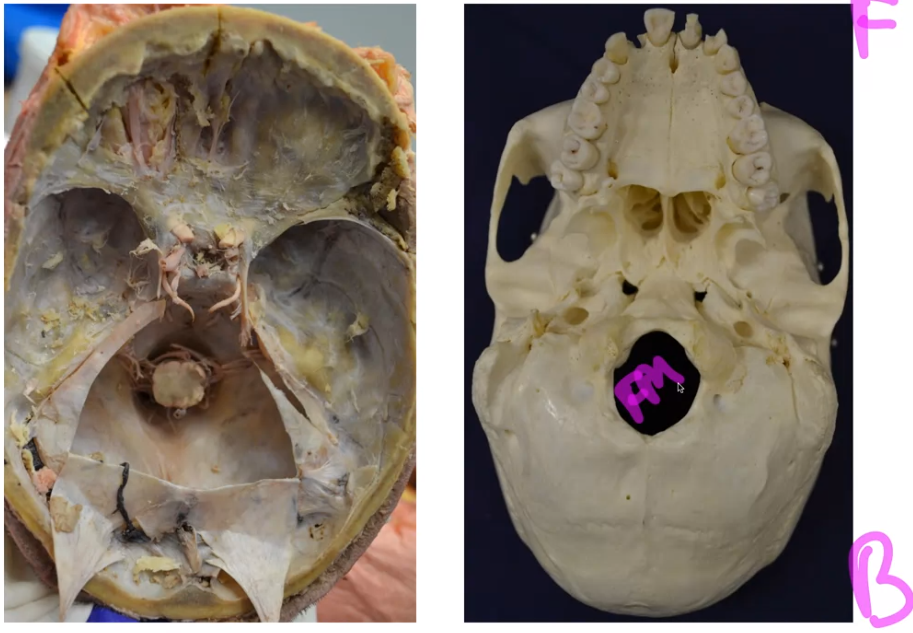Detailed Lecture Notes on Neuronal Anatomy: Cranial vs. Spinal Nerves
Nerves: The Basics
- Nerves are bundles of axons (nerve fibers) located outside the central nervous system (brain and spinal cord).
- They carry information into (sensory) or out of (motor) the central nervous system.
Types of Nerves

- Classified based on their exit point from the skeleton:
- Cranial nerves: Exit from the cranium (skull) - 12 pairs, named with Roman numerals (I-XII)
- Spinal nerves: Exit from the spinal cord at each segment - 31 pairs
Spinal Nerves
- Each spinal nerve segment contains both sensory and motor fibers.
- They originate from the spinal cord and exit through openings between vertebrae.
- The nerves progressively innervate (supply) specific regions as they travel down the spinal cord:
- Neck muscles
- Arm muscles
- Trunk muscles
- Leg muscles
Cranial Nerves
- More varied than spinal nerves: some are purely sensory, motor, or mixed (both).
- Some interesting points about cranial nerves:
- Cranial nerve XI (spinal accessory nerve) is a motor nerve that controls neck movement (turning head, raising shoulders). Its cell bodies are located in the spinal cord, but the axons travel up into the skull before exiting. This is why it’s classified as a cranial nerve despite originating from the spinal cord.
- Cranial nerve I (olfactory nerve) is responsible for smell. Its axons travel through tiny holes in the skull called the cribiform plate. These delicate axons are vulnerable to injury, such as whiplash, which can cause loss of smell. However, in some cases, these axons can regenerate.
 Conclusion
Conclusion
The lecture concludes by showing the location of cranial nerves at the base of the human skull. Some cranial nerves mentioned include the optic nerve and the oculomotor nerves.